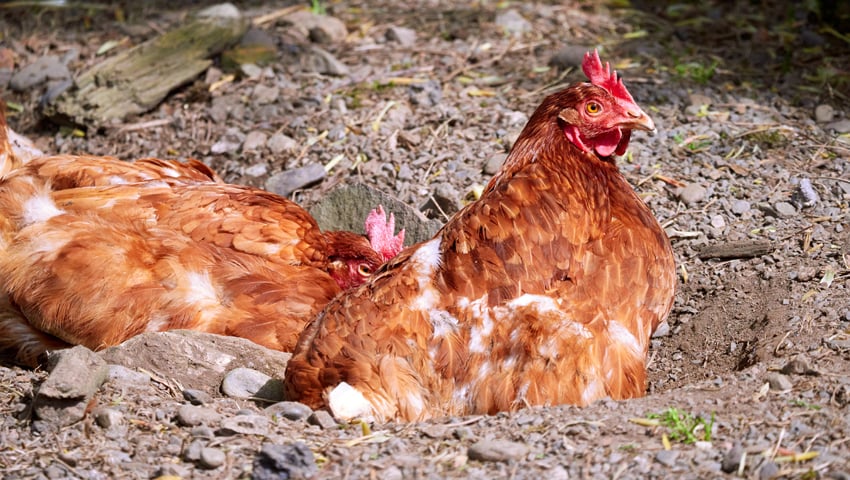By Hannah Shepherd, Data Process Lead, FAI Farms
Welfare outcome measures (also known as Key Welfare Indicators or KWIs) drive positive change and are the bread and butter of FAI’s work. But welfare outcome measures are now rapidly emerging as the accounting language for animal welfare to help build a common understanding and trust among different supply chain actors.
What are welfare outcome measures?
Welfare outcome measures are taken throughout an animal’s life to record how that animal has experienced the environment in which it lived. They are animal-based instead of resource-based, meaning they are applicable regardless of location or production system. While some measures are common to all species, such as mortality or disease incidence, others are species-specific, such as feather cover in laying hens.
Traditionally, ‘input’ measures, such as the type of feed given or available space in housing, have been used to provide the standards to which animals are farmed. Although these measures are important in managing livestock systems, they do not directly measure the experience of the individual animal and often fail to capture the full effect of a system on the animal’s welfare.
Why collect welfare outcome measures?
Everyone involved in a sustainable supply chain is committed to producing better food, supported to make positive changes and are collectively responsible for the welfare of animals in their care. Supply chain teams therefore need to be informed about animal welfare performance, in the same way they know about other elements of the business, and outcome measures are one of the only ways to track the experiences of animals. They also enable the supply chain to monitor the effect of changing a welfare standard or production method.
As well as responsible production teams, consumers, NGOs, and investors are becoming better informed about ethical issues and expect companies to be transparent about welfare practices and performance. Collecting data, reporting progress and working with supply chains builds trust and strengthens relationships with these stakeholders.
Are outcome measures widely used in the food system?
With growing public pressure to raise the standard of our animal food supply chains, the collection of welfare outcome measures has been increasingly legislated by governments and mandated by food brands. Concurrently, there has been an uptick in voluntary standards, investor groups (such as the Business Benchmark on Farm Animal Welfare) and welfare commitments to drive improvements.
Based on our experience working with multi-species, commercial datasets, we have developed custom-built software tools to simplify the data submission and reporting process for suppliers. However, there is still work to be done across species and industries to align data collection methods in order to make the most of this information.
How can they be adopted by food brands?
Livestock supply chains for global food brands can be complex, segregated and span multiple countries. Aggregated welfare outcome measures data helps generate robust benchmarking tools and identify macro-level trends.
Working together with auditing programmes and/or company welfare standards, top-level outcome measure data can help provide an overall understanding of supply chain status and demonstrate compliance with policies and commitments. With this visibility, brands can make informed, data-based decisions about the improvements they want to make and consolidate strategic direction.
Though outcome measures offer detailed information about what is happening across supply chains, they are not about telling producers how they should farm. Instead, data provides the basis for collaborative discussions between brands and suppliers, allowing space for creative solutions to some of our biggest food system challenges.
